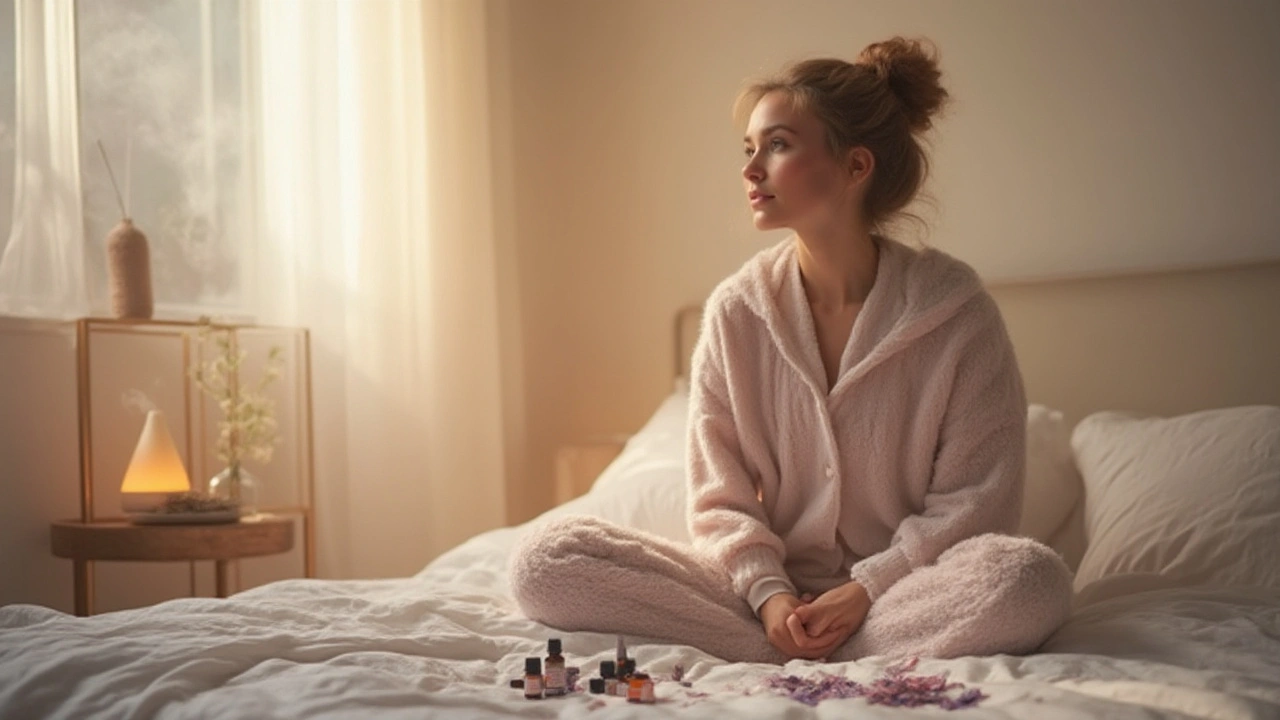Essential Oils: What They Are and Why They Matter
Ever wonder why people keep tiny bottles of scented liquid on their nightstand? Those are essential oils – concentrated plant extracts that capture the scent and some of the therapeutic properties of the original plant. You can think of them as nature’s fast‑acting perfume, but they do more than just smell good.
Essential oils are made by steam‑distilling or cold‑pressing parts of a plant – leaves, flowers, bark, or roots. The result is a potent liquid that you can add to a diffuser, mix into a carrier oil, or sprinkle on a cloth. Because they’re so concentrated, a little goes a long way.
How to Use Essential Oils Safely
The first rule is always to dilute. Pure oil on skin can cause irritation or a burn. Mix a few drops with a carrier oil like coconut, almond, or jojoba before rubbing it on your wrist or behind your ears. A typical ratio is 3–5 drops of essential oil per teaspoon of carrier oil.
If you like to fill a room with scent, opt for a diffuser. Add 5–10 drops of oil to water, turn it on, and let the mist do the work. Keep the diffuser away from pets – some oils, like tea tree or eucalyptus, are toxic to animals.
Never ingest an essential oil unless a qualified professional says it’s safe and you have a product specifically labeled for internal use. Even then, start with the smallest dose possible.
Patch‑testing is a quick way to check for skin reactions. Put a drop of diluted oil on a small area of forearm, wait 24 hours, and see if any redness appears. If you notice a rash, skip that oil or reduce the concentration.
Choosing the Right Essential Oil for You
Start with what you want to achieve. Need a calm mind? Lavender, chamomile, or bergamot are popular for relaxation. Want a pick‑me‑up in the morning? Peppermint or citrus blends can boost alertness. For skin concerns, tea tree works well for acne while rosehip supports moisturized, healthy skin.
Read the label. Reputable brands will list the botanical name (like Lavandula angustifolia for true lavender) and the method of extraction. If a bottle just says “essential oil” without details, it might be a synthetic fragrance.
Consider the source. Oils harvested from wild plants in their native environment often carry the full spectrum of compounds, but they can be pricier. Farm‑grown oils are more affordable and still effective when the growers follow good practices.
Finally, trust your nose. Authentic essential oils have a layered aroma that can change as it dries. If an oil smells flat or overly chemical, it’s probably not pure.
Essential oils can fit into daily routines without a lot of hassle. Add a few drops to your morning shower, mix one into your night cream, or keep a small bottle at your desk for a quick stress‑relief break. Just remember to dilute, test, and pick oils that match your needs.
With these basics, you’re ready to explore a world of scents that do more than just smell good. Have fun experimenting, stay safe, and enjoy the natural boost that essential oils can bring to your everyday life.
Aromatherapy for Amenorrhea: Natural Relief and Menstrual Health Tips
Explore how aromatherapy can help with amenorrhea, which oils support menstrual health, and practical, real-life tips for women dealing with missed periods.
Read more